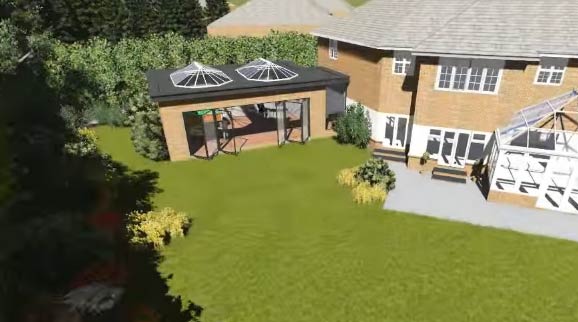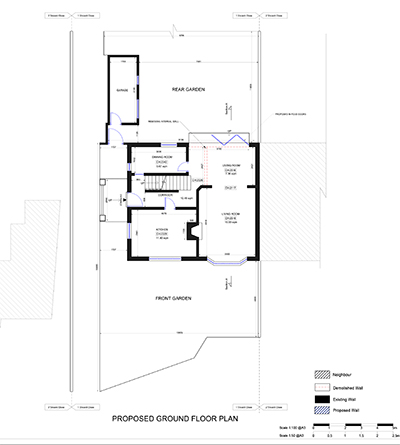Conservatory Or Extension – The Pros And Cons
Who doesn't crave a little extra breathing space at home? But here's the kicker: what if you could expand without even lifting a finger (well, almost)? Picture this: you're lounging in your cozy nest, pondering the age-old question of whether to extend your home or cozy up with a charming conservatory. It's a tough call, right? That's where we swoop in to make your decision a breeze.





